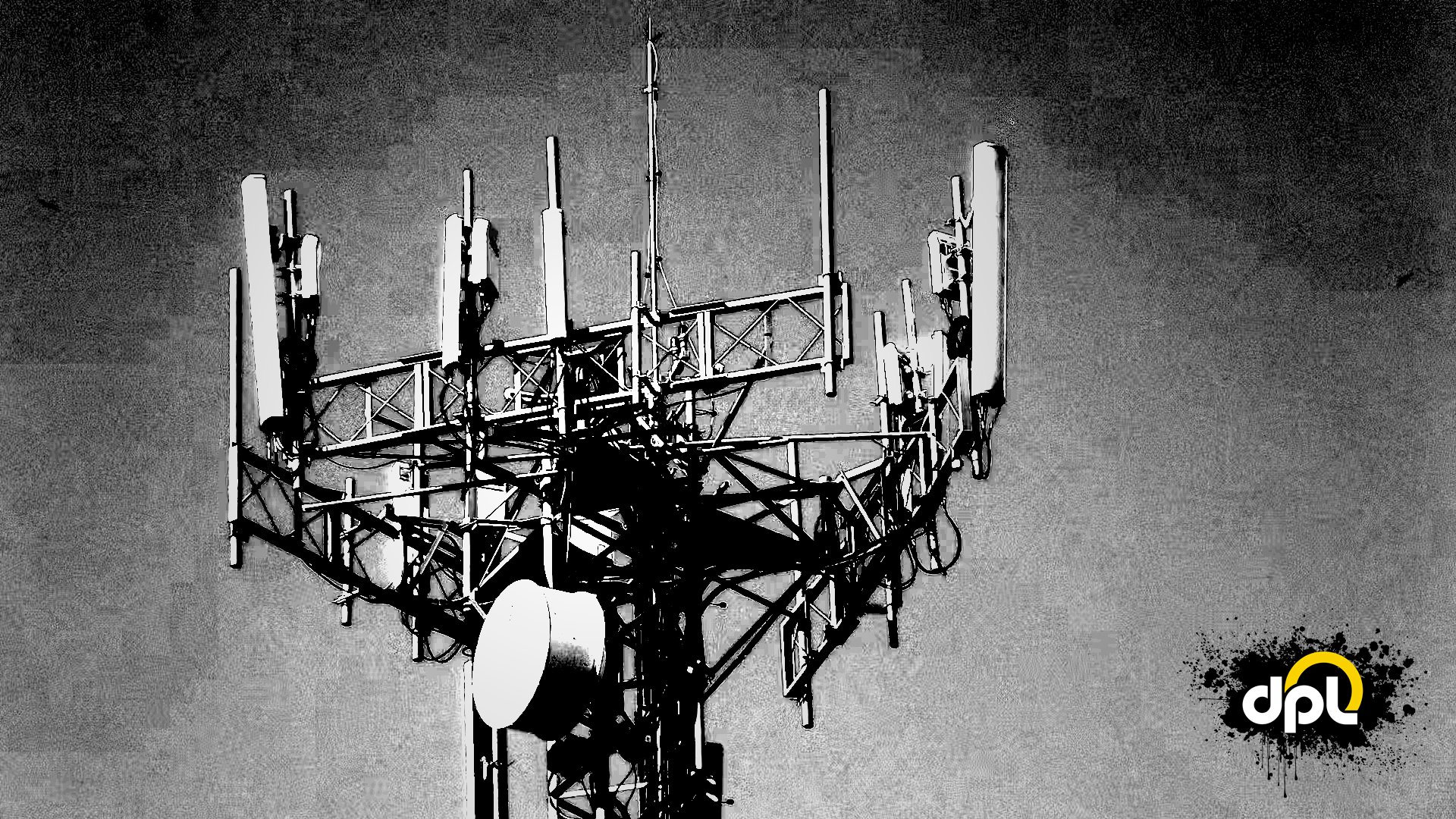In cellular networks, several metrics are used to measure the quality and strength of the signal received by a modem. These metrics include RSRP, RSRQ, SINR, RSCP, ECNO, and RSSI. This article aims to explain the differences between these metrics and provide suggestions for improving them by optimizing the placement of cellular antennas. DPL also has a variety of Antenna's to assist in troublesome locations and our support team is available 24/7 to help resolve any low signal issues. Learn more..
RSRP (Reference Signal Received Power): RSRP measures the power level of the received reference signal in a particular cell. It indicates the signal strength between the base station (cell tower) and the modem. RSRP is expressed in dBm (decibel milliwatts), and a higher RSRP value indicates a stronger signal. To increase RSRP, consider the following antenna placement strategies:
-
- Minimize obstructions such as walls, buildings, or trees that can attenuate the signal.
- Optimize antenna height and orientation to provide better coverage in the desired area. Learn more...
RSRQ (Reference Signal Received Quality): RSRQ is a measure of the quality of the received signal in relation to the interference level. It represents the ratio between the received signal power and the power of the interference and is also expressed in dB. A higher RSRQ value indicates better signal quality. To improve RSRQ:
-
- Enhance signal-to-noise ratio (SNR) by reducing sources of interference, such as nearby electronic devices or other radio signals.
- Optimize the antenna's position to minimize multi-path interference caused by signal reflections.
Improve signal strength with one of DPL's high-gain antennas.

SINR (Signal-to-Interference-plus-Noise Ratio): SINR measures the ratio of the desired signal power to the combined interference and background noise power. It provides a more accurate representation of signal quality than RSRQ alone. SINR is typically expressed in dB, and a higher value indicates a cleaner signal. To increase SINR:
-
- Reduce interference from other devices or signals in the area.
- Optimize antenna positioning to minimize multi-path interference.
- Employ advanced signal processing techniques to improve signal quality.
RSCP (Received Signal Code Power): RSCP measures the power level of the received signal in Universal Terrestrial Radio Access (UTRA) networks, such as WCDMA or UMTS. It indicates the strength of the primary synchronization channel (P-SCH) and the secondary synchronization channel (S-SCH). A higher RSCP value signifies a stronger signal. To enhance RSCP:
-
- Optimize antenna placement for better line-of-sight communication with the base station.
- Minimize signal blockage and obstructions.
ECNO (Energy-to-Interference Ratio): ECNO represents the ratio between the received energy per chip and the interference level in UTRA networks. It is expressed in dB and provides a measure of signal quality similar to SINR. To improve ECNO:
-
- Reduce the interference level by identifying and addressing sources of interference.
- Optimize the antenna's position to minimize interference and maximize signal strength.
RSSI (Received Signal Strength Indicator): RSSI is a generic term used to denote the power level of the received signal. It measures the overall received signal strength without considering specific interference or noise levels. While RSSI provides a rough estimate of signal strength, it does not provide information about signal quality or interference. Increasing RSSI involves optimizing the signal path by:
-
- Moving closer to the cell tower or antenna.
- Reducing physical obstacles or interference sources.
In conclusion, understanding the differences between RSRP, RSRQ, SINR, RSCP, ECNO, and RSSI is crucial for assessing and improving the quality of cellular network signals. By implementing optimal antenna placement strategies and minimizing interference, users can enhance these metrics, resulting in better signal strength and quality for their mobile devices.



